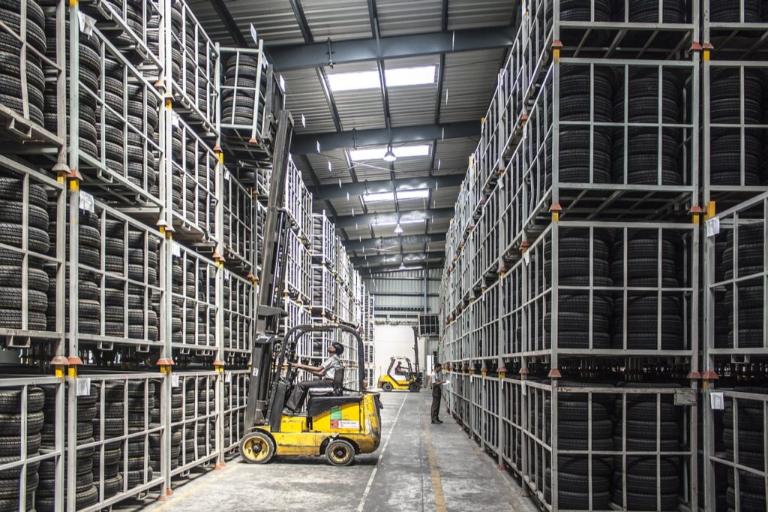Everyone who works with industrial equipment must make sure they’re properly prepared to look after their health and safety in the workplace. This is true for all load handling operations, whether done manually, using forklifts or lifts. Taking part in a load handling course guarantees you’ll learn everything you need to know about working safely, so take a look at the information below on this type of course and why it might just be right for you.

What exactly is involved in this course?
A load handling course is usually divided between manual handling tasks and mechanical cargo handling. Although each involves its own specific features, there are a number of generic objectives that cover the following points:
- Understanding risk factors and how accidents occur during load handling.
- Knowing safe load handling techniques.
- Covering relevant work systems depending on the tasks and environments involved.
- Knowing how to work with mechanical support systems.
- Identifying possible errors when applying what you’ve learned.
It’s important to emphasise that, although a course like this provides all the necessary tools to identifying potential dangers and reducing the risk of accidents, correct load handling also involves proper supervision of the procedures involved, as well as prompt detection of any unsafe working conditions that can lead to accidents.
This type of training course is mainly aimed at those who work in load handling environments, such as warehouse and production staff, prevention technicians, delivery drivers, kitchen staff and lots more.
Manual load handling
When we talk about manual load handling, we’re referring to operations in which one or more workers transport or secure a load of cargo by themselves. This includes repetitive actions and movements involved in handling loads that can help prevent injury.
Despite increasing automation and mechanisation within industry, manual load handling is still prevalent in many sectors where transport is carried out by means of lifting machines and/or conveyor belts.
Among the objectives addressed as part of this type of course is training students to clearly identify the risk factors involved in manual load handling and how to act accordingly, including knowledge of basic anatomy and postural hygiene.
Mechanical load handling
The second block to be dealt with on a course in handling heavy loads is that of using mechanical equipment, which offers a greater range of possibilities and improvements to operator safety and their productivity levels.
Among mechanical equipment used to move heavy loads we commonly find lifts, forklift trucks, platforms, equipment using pulley systems, cranes, conveyor belts, etc.
During this type of course, you’ll typically study the various techniques of handling heavy loads based on the nature of the load, the operations that need to be carried out, the space available and any potential dangers arising from such an approach.
As you can see, a load handling course gives you the appropriate training for safely dealing with heavy loads and making you aware of all potential risk factors.


